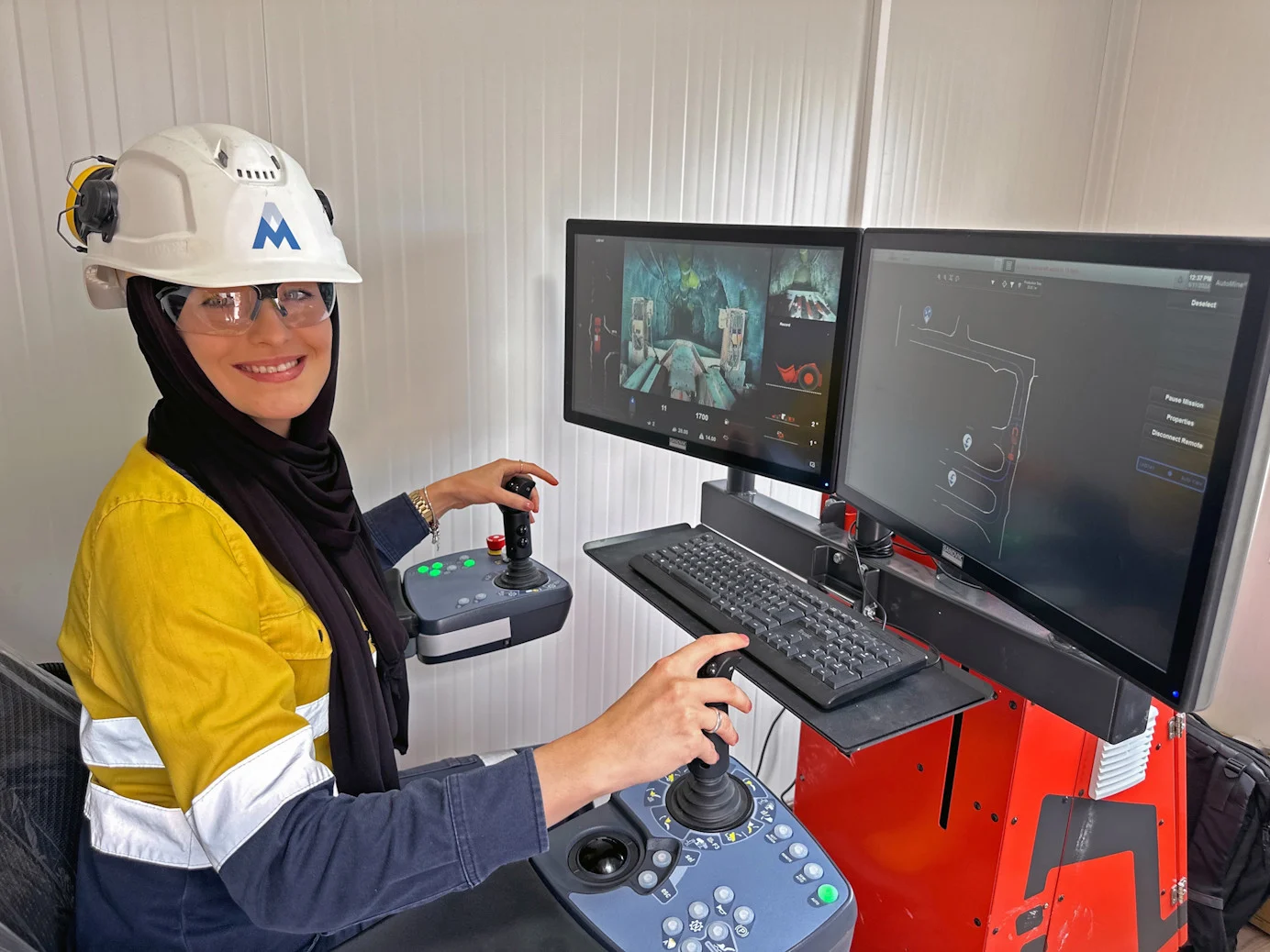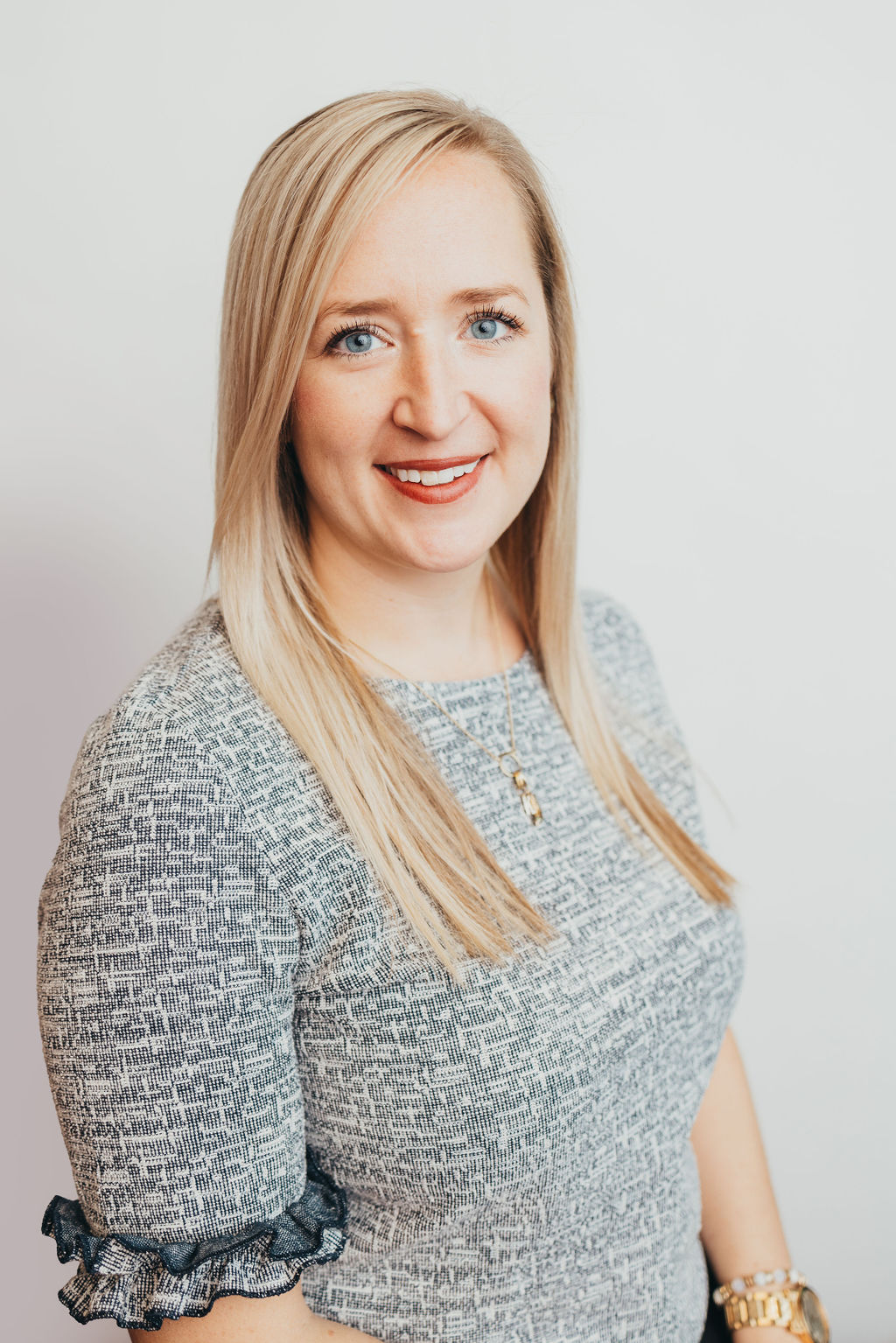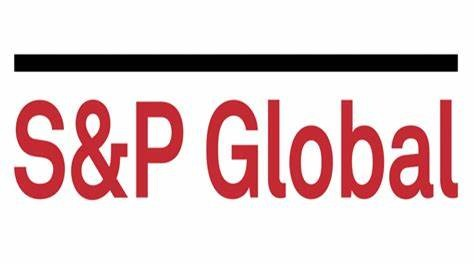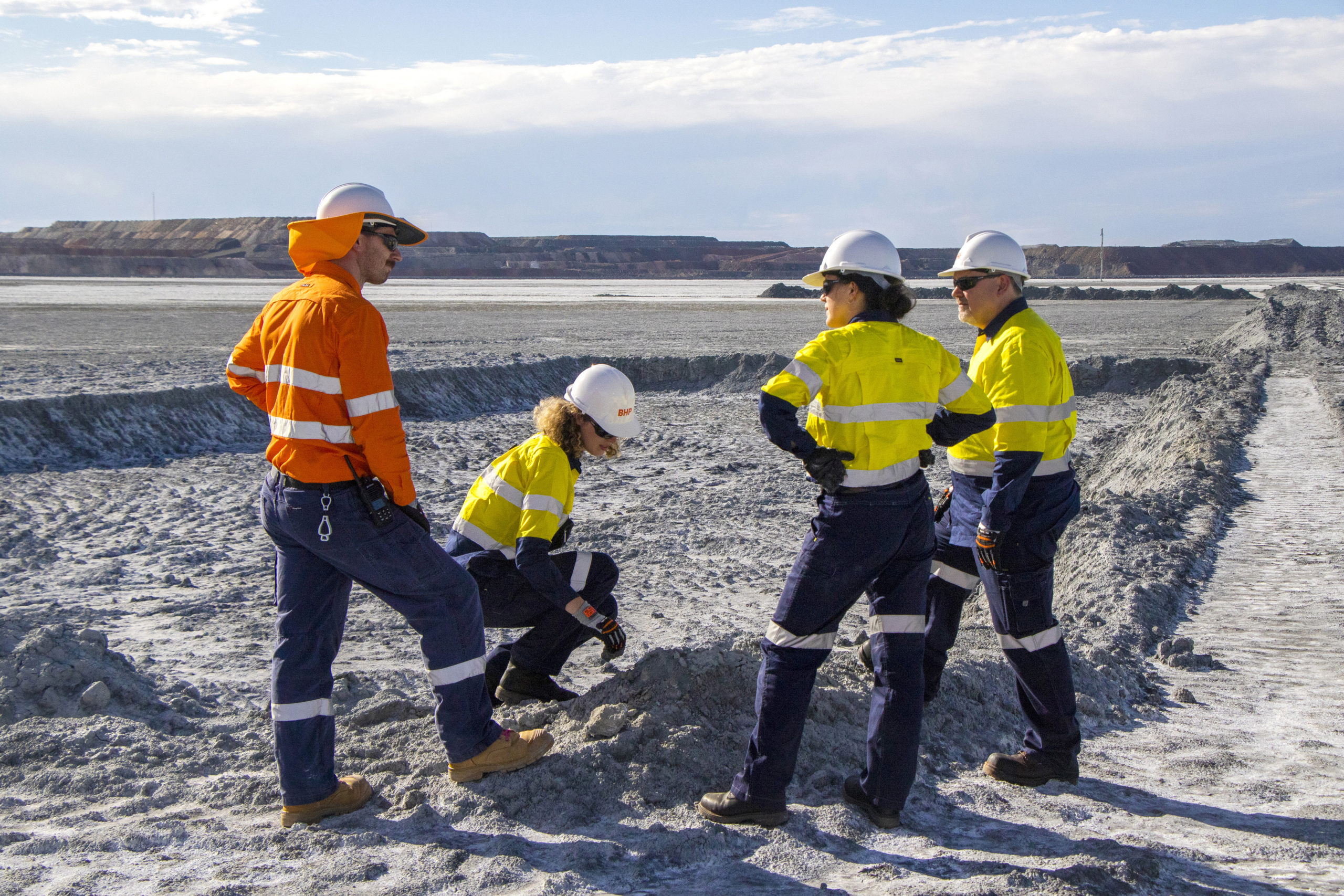Kinross: Catch a Tiger by the Tail?
To get a handle on the new company, CMJ paid a visit to the Kinross head office in Toronto in April. Following are excerpts from our interview with Robert Buchan, (president and CEO-pictured left), Scott Caldwell (executive vice-president and COO) and Gord McCreary (vice-president corporate affairs).
CMJ: What does the merger with TVX and Echo Bay do for Kinross?
Buchan: Why did we do it? Two reasons. We realized when we did the initial analysis, it was Placer at half price, before Placer took over Aurion, in terms of size. Placer production profile was at 2.5 going to 1.9 million [oz Au per year]. We’re going to be around 2.0.
The more business-like reason is this. There is significant value in taking in the three small companies and building a legitimate senior. You should see the valuation reflected. You should see the cash flow reflected.
There are many qualifiers to look at, but this is just one: enterprise (market) value per ounce of production. You invest $3,000 in the four intermediate companies–Agnico, Glamis, Goldcorp and Meridian–and on average that translates into one ounce of production. The seniors (Barrick, Placer and Newmont) are $1,400, and we (the combined company) are $1,000.
On a cash flow basis [price/cash flow per share multiple], the four intermediates came in at 24 times cash flow. The seniors are 11 times cash flow, and us at nine times cash flow. This is a function of low operating cost, clean balance sheet, good orebodies–there are lots of reasons for that. But the big, big driver is still the hedge book. Our hedges [422,500 oz of gold or 3.2% of reserves as of March 31, 2003] will be gone in a couple of years, just by delivering into the contracts.
We have the highest beta of any of the major gold producers. Beta means that if the price of gold goes down we go down faster than anybody else, and if the price of gold goes up we should go up faster than anybody else. There’s more production leverage. We have a faster increase or change in cash flow if there’s a change in the gold price.
CMJ: Kinross has higher cash operating costs than the other major gold miners. What can you do about this?
McCreary: The average cash costs were US$202/oz of gold last year for Kinross. Our expectation for 2003 is US$215-220. Now that’s total cash costs, which includes all royalties and production taxes.
Caldwell: We’re trying to keep it around $200. We’ve got cost pressures from fuel costs, from other supplies, from hydro and labour, from having kept capital and operating costs low and maintenance costs as tight as you can.
McCreary: [Costs of the other majors are] coming our way. We used to think of the Barricks, Newmonts and Placers as being much lower. Their expectations are more in the US$180+/ounce kind of numbers now. We would be the highest of the four, but the spread today is dramatically less than it was two years ago, when Barrick posted $165 and we posted $200. Now they’re at $185 and we’re at $210. What is more relevant is mine life, balance sheet, total cash flow, sensitivity to the currency exchange rate, etc.
CMJ: The New Kinross is very spread out. Does this complicate the administration?
McCreary: We really aren’t all over the world. Our prime focus is in two areas: the Americas and Russia. Everything else is in the clean-up phase. It would take something very special for us to do something of substance in Australia, as an example.
Buchan: The actual workload to the company, while it is meaningfully higher, is not as stressful as it might appear.
There are six operations, or seven if you include Zimbabwe, that Scott [Caldwell] runs directly plus the five joint ventures. We’ve added one and probably another senior executive to help him. Scott was vice-president of operations at Echo Bay in a previous life [he left five years ago to join Kinross], so he knows all their general managers.
We have people in this office who are fluent in Portuguese, Spanish and Russian. What’s more important than the language is the culture behind it. Our process of learning as a corporation has been through our experience in Russia, understanding the differences, understanding what is important, and understanding how to deal with those differences between Canadian culture and Russian culture. All politics are ultimately local.
CMJ: I see you are in the midst of taking over full control of the Kubaka mine, buying up the Russian partners’ interest. Is it good or bad to have local partners?
Buchan: There were some problems that occurred in the creation of the joint venture of Omolon (the company that operates Kubaka) in 1994, the result of which our Russian partners all went bankrupt. We were asked to help solve the problem of these bankrupt companies. The money lent to the Russian partners by the government was not being repaid, so it was causing stress for the local and federal governments. It was a mess. We came up with a solution that was financially viable for us, was financially acceptable to the local level of government and left us with 98% going to 100% of the mine. (Continued on next page)
The net result is we have high visibility at the federal level, and at the local level; we have been perceived as having done the right thing, recognizing it was not an obligation to solve the problem. It has been, from our perspective, a successful transaction.
CMJ: Would you consider selling some of your interest to a Russian partner?
Buchan: No, I don’t think so. But if we do another transaction, which we would like to do at some point, we would like to do it with a Russian partner. Omolon could become the vehicle to do that.
Russia has had its issues, but then so do we have issues in the States. My view is that our Russian experience, while it has been stressful at some levels, has actually been very successful.
From a political risk perspective, Russia is not as risky as the U.S. Invest a dollar in Russia and you can lose it; invest a dollar in the U.S. and you can lose $10, through litigation, through regulatory creep, through environmental/legal terrorism, whatever way you want to define it.
The industry’s being forced out of the U.S. in an underhanded, non-regulatory basis by pressure groups that have no interest in resource development. The environmental rules that we run our business by are “best standards globally”. So it’s not that by going to Russia we are getting away from being environmentally sound. It’s just that the application of the law [in Russia] is reasonable.
There is real political risk such as we see in Zimbabwe, where the infrastructure and the government is imploding. And to an extent that is currently true in Russia; the perception at least is that there’s still a risk, where the political system is not as stable as we would like it. There’s no risk of that in the U.S., of course, or Canada, but there are other, broadly-defined political risks that add up to an analysis which does not put Russia at the bottom of the list.
CMJ: So far Kinross management has operated like entrepreneurs. Now that the company has become a major, will the management style change?
Buchan: Yes. Part of the process of being bigger is you actually have to put procedures in place, which to a certain extent does dilute the collegial environment.
McCreary: The organization itself tends to be relatively flat, pushing out responsibility and authority to the site managers. We’re confident that they’re running the business the way we want them to run the business, according to Kinross standards: best environmental, best health and safety, efficiently, and they also believe in productivity and continuous improvement.
Buchan: The whole North American industry went through a process in the late 1990s and the early 2000s of squeezing everything you could out of your operating costs. It was a necessary evil to really get those operating costs down. But we did it without impacting our safety record, our environmental record, which I stack up against anybody.
Caldwell: We call those the non-negotiables: how you treat people, health and safety, environmental
are probably the top three on that. If you have excellent performance in health and safety and environmental, you can almost guarantee that you’re going to have good performance in the other areas: production, costs, etc.
We believe in continuous improvement and best standards on all the fronts. It’s not as much a high-cost thing, it’s a better way of doing things.
CMJ: Are you comfortable with the mix of operations and your interest in others? Do you want to add or get rid of anything?
Buchan: What we covet are long-life assets. Our weakest point, the area where we could be criticized easily, is our average mine life. Our perceived mine life is 6.5 years.
McCreary: That’s taking the 13.2 million ounces [proven and probable reserves at year-end 2002] and dividing it by 2 million ounces a year.
It’s not as bad as it looks because Kubaka will be in production for some time and it has no reserves as we stand here today. Hoyle Pond, which we’ve now operated for 10 years, started its life in 1986. It’s never had more than four years of reserves in front of it and it’s been as low as two, and yet it continues to replace reserves year over year, like the Dome mine itself.
Buchan: One of the key things we want to achieve in 2003 is to move that average mine life up, to not only replace what we mine but actually find more. Anything that we add to our portfolio must meet the test of improving our average mine life. If we’re going to look at an acquisition, the first driver is mine life. It has to pass that test.
McCreary: We’re well represented in the significant gold districts in the world and presumably that’s a starting point.





Comments